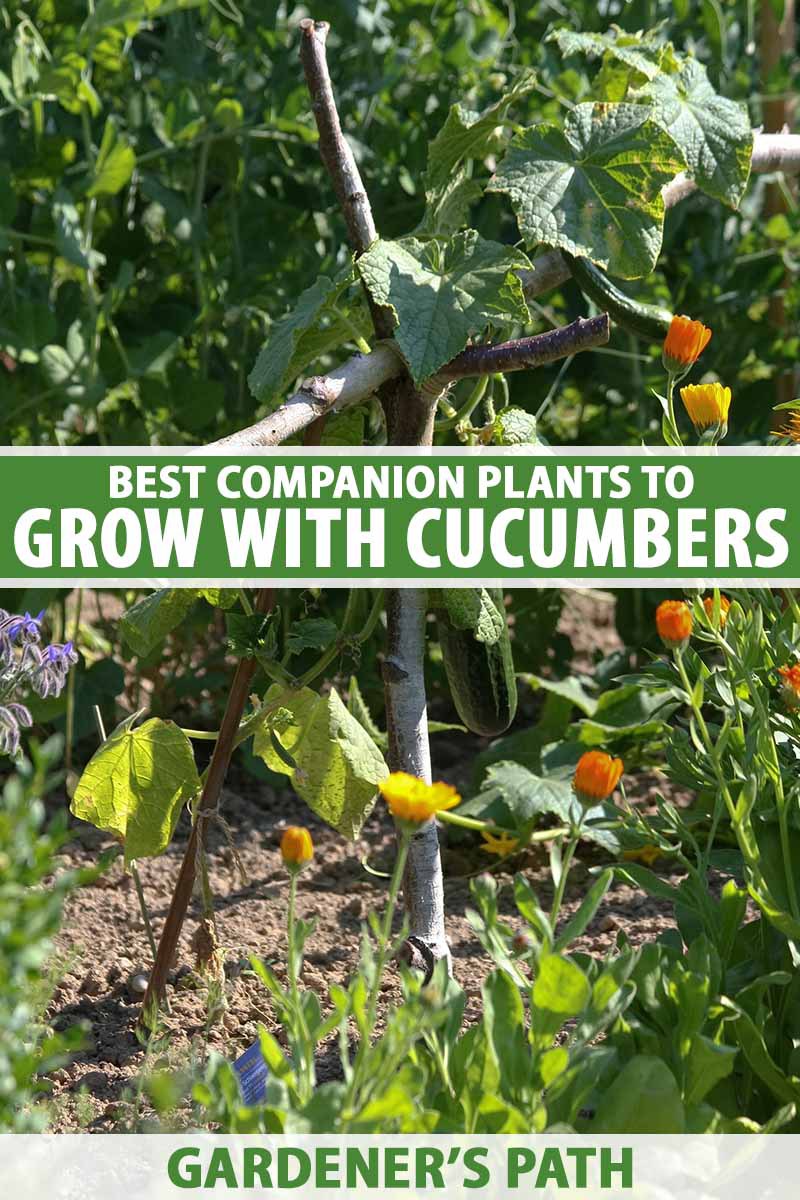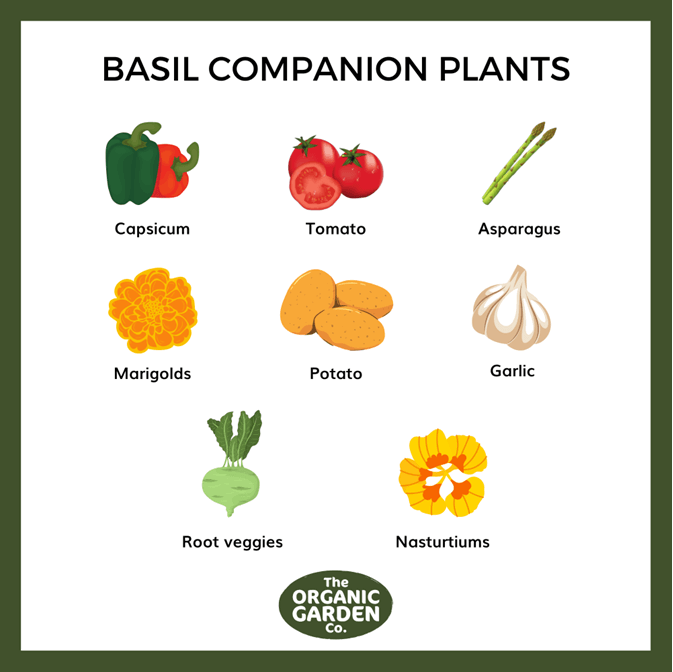The Ultimate Guide To Partner Planting Vegetables For A
The Ultimate Guide to Partner Planting Vegetables for a Healthy and Productive Garden
Introduction
Companion planting is a gardening practice that involves planting certain types of vegetables together in order to benefit each other. Some plants can help to repel pests, attract pollinators, or improve the soil quality. By planting the right plants together, you can create a more balanced and productive garden.
In this guide, we will discuss the basics of companion planting, including the benefits of companion planting, how to choose companion plants, and some common companion planting combinations. We will also provide a list of companion plants for some of the most popular vegetables.
Benefits of Companion Planting
There are many benefits to companion planting. Some of the most common benefits include:
- Increased yields. Companion planting can help to increase the yields of your vegetables. This is because some plants can help to attract pollinators, which can help to increase pollination and fruit set. Other plants can help to improve the soil quality, which can also lead to increased yields.
- Reduced pest pressure. Some companion plants can help to repel pests. For example, marigolds are known to repel nematodes, which can be a major pest of tomatoes. Other companion plants can attract beneficial insects, such as ladybugs and lacewings, which can help to control pests.
- Improved soil quality. Some companion plants can help to improve the soil quality. For example, legumes such as beans and peas fix nitrogen in the soil, which can help to fertilize other plants. Other companion plants can help to break down organic matter, which can also improve the soil quality.
How to Choose Companion Plants
When choosing companion plants, there are a few things to keep in mind. First, you need to consider the needs of the plants you are growing. Some plants have different light, water, and nutrient requirements. You also need to consider the size of the plants. Some plants grow very tall, while others grow very bushy. You don't want to plant two plants together that will compete for space.
Once you have considered the needs of the plants you are growing, you can start to research companion planting combinations. There are many resources available online and in libraries that can help you to find the right companion plants for your garden.
Common Companion Planting Combinations
Here are some common companion planting combinations:
- Beans and peas: These legumes fix nitrogen in the soil, which can help to fertilize other plants. They also attract beneficial insects, such as ladybugs and lacewings.
- Carrots and onions: Carrots and onions repel each other's pests. Carrots repel onion flies, while onions repel carrot root fly.
- Cucumbers and nasturtiums: Nasturtiums attract beneficial insects, such as ladybugs and lacewings. They also repel cucumber beetles.
- Lettuce and tomatoes: Lettuce helps to suppress the growth of weeds, while tomatoes help to repel whiteflies.
- Peas and tomatoes: Peas fix nitrogen in the soil, which can help to fertilize tomatoes. They also attract beneficial insects, such as ladybugs and lacewings.
Conclusion
Companion planting is a great way to improve the health and productivity of your garden. By planting the right plants together, you can help to attract beneficial insects, repel pests, and improve the soil quality. This can lead to increased yields and a more balanced and healthy garden.
Partner planting is a gardening technique that involves planting certain types of vegetables together in order to benefit each other. There are many different benefits to partner planting, including:
- Increased crop yields
- Reduced pest and disease problems
- Improved soil health
- Increased biodiversity
If you're interested in learning more about partner planting, I recommend visiting Gardenia Inspiration. This website has a wealth of information on the topic, including a comprehensive list of compatible vegetable pairings.
In addition to providing information on partner planting, Gardenia Inspiration also offers a variety of other gardening resources, such as articles, videos, and gardening tools. Whether you're a beginner or a seasoned gardener, you're sure to find something useful on this website.
FAQ of partner planting vegetables
1. What is partner planting?
Partner planting, also known as companion planting, is a gardening technique that involves planting certain vegetables together to benefit each other. Some plants attract beneficial insects, while others deter pests. Some plants help to improve the soil, while others provide shade or windbreaks. By planting the right plants together, you can create a more productive and pest-resistant garden.
2. What are some of the benefits of partner planting?
There are many benefits to partner planting, including:
- Increased yields: Some plants can actually help to increase the yields of other plants. For example, planting tomatoes near basil can help to improve the flavor of the tomatoes.
- Reduced pest problems: Many plants attract beneficial insects that help to control pests. For example, planting marigolds near tomatoes can help to attract ladybugs, which eat aphids.
- Improved soil health: Some plants help to improve the soil by adding nutrients or by breaking down organic matter. For example, planting legumes, such as beans or peas, can help to fix nitrogen in the soil.
- Increased biodiversity: Partner planting can help to increase the biodiversity of your garden, which can make it more resilient to pests and diseases.
3. How do I choose the right plants to partner plant?
There are a few things to keep in mind when choosing plants to partner plant:
- The plants' needs: Make sure that the plants you choose have similar needs for sunlight, water, and soil.
- The plants' benefits: Choose plants that will benefit each other. For example, you might plant tomatoes near basil to improve the flavor of the tomatoes, or you might plant marigolds near tomatoes to attract ladybugs.
- The plants' appearance: If you're concerned about the appearance of your garden, you can choose plants that complement each other's colors or textures.
4. Where can I find information about partner planting?
There are many resources available to help you learn about partner planting. You can find books, websites, and even apps that can give you information about which plants to partner plant.
5. How do I get started with partner planting?
The best way to get started with partner planting is to start small. Choose a few plants that you know will benefit each other, and plant them together in your garden. As you learn more about partner planting, you can expand your garden and add more plants.
Image of partner planting vegetables
5 different images of "partner planting vegetables" from Pinterest:
- Tomatoes and basil. Tomatoes and basil are a classic companion planting combination. The basil helps to deter pests from tomatoes, and the tomatoes help to improve the flavor of the basil.
- Carrots and onions. Carrots and onions also make good companion plants. The onions help to repel carrot fly, and the carrots help to improve the flavor of onions.

- Cucumbers and beans. Cucumbers and beans are another great companion planting combination. The beans help to fix nitrogen in the soil, which benefits the cucumbers. The cucumbers help to shade the soil, which helps to keep the beans cool.

- Lettuce and spinach. Lettuce and spinach are two leafy greens that can be planted together. They both grow well in cool weather, and they help to shade each other from the sun.

- Herbs. Herbs can be planted with many different vegetables. They help to deter pests, improve the flavor of vegetables, and add beauty to the garden.

Post a Comment for "The Ultimate Guide To Partner Planting Vegetables For A"